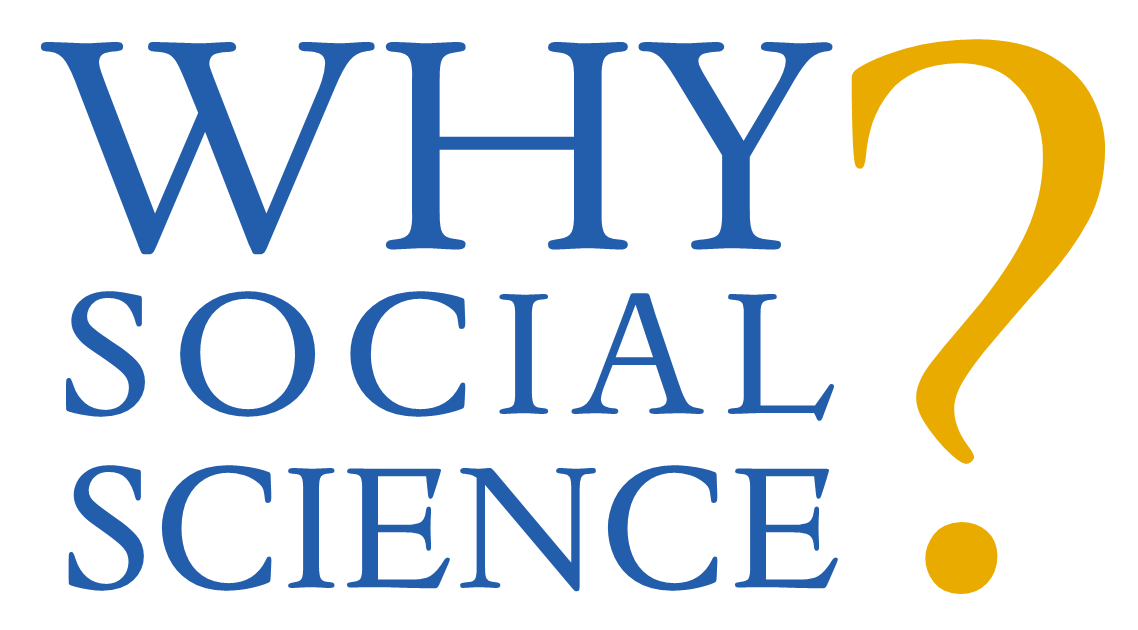In February 2020, about a month before COVID-19 became an inescapable reality around the world, the World Health Organization issued a warning about another, related danger: an “infodemic.” As conspiracy theories about the origins of COVID-19, the severity of its threat, and possible treatments circulated on social media, WHO officials cautioned that spreading false and misleading claims would make the work of combating the virus and its spread that much more difficult. They urged Silicon Valley’s Big Tech companies—especially social media platforms like Facebook, Twitter, YouTube, and TikTok—to remove or flag content about COVID-19 that wasn’t based on science. Many have done so in the months since. However, once disinformation starts spreading online, it quickly takes on a life of its own.
COVID-19 is just one of many recent crises that disinformation campaigners and other digital extremists have taken advantage of to sow chaos, destabilize the news media ecosystem, and mobilize individuals and groups to their causes. From presidential elections, to civil rights movements, to public health programs, extremists look for opportunities to spread inaccurate or outright manufactured information, manipulate media coverage, and further their own agendas. Increasingly, they rely on digital tools like social media, online forums, and “do-it-yourself” image, video, and audio production to accomplish their goals. Following the violence at Charlottesville, Virginia’s “Unite the Right” rally in 2017, UC Irvine’s Office of Inclusive Excellence launched “Confronting Extremism,” an initiative “dedicated to understanding the ideas and behaviors advocated far outside of alignment to the campus values for social justice and equity in today’s society.” As part of that initiative, we have developed a collection of six self-paced teaching modules titled “Confronting Digital Extremism” that we hope will not only raise awareness of extremists’ “digital toolkits,” but also inspire effective means of confronting extremism online.
Read More